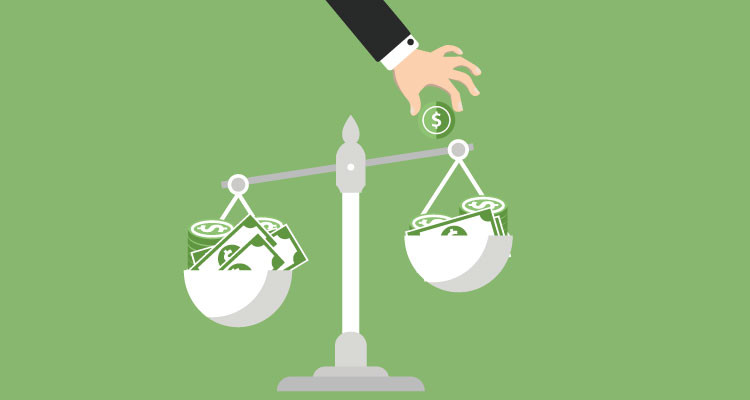
There are many ways you can incorporate proper spending habits into your lifestyle.
Increasing your salary and putting away money into savings are important, but they aren’t the only ways to reach your financial goals.
Learning when and how you should spend your money will influence your ability to reach your financial goals.
With a little bit of discipline, you can practice these five good spending habits to carry yourself into the new year.
1. Break Bad Spending Habits
To break any bad spending habit, the first step is realizing what a “bad spending habit” means for you.
It’s easy to fall into the trap of fun, spur of the moment card swipes, but impulse buys can become regrets a few months — or even a few minutes — after they’re made.
You may never end up using the product, or realize it just wasn’t worth the cost.
Reflect on past buys that you’ve made and consider why you’ve regretted certain purchases.
Draw on those experiences from your past to help inform your decisions in the future — and know when to stop before you swipe.
2. Treat Yourself
Spending your hard-earned money should be fun — at least sometimes.
There is nothing wrong with spending money on non-essential things you enjoy; just make sure it fits into your budget.
Have a sense of what you want, make a goal, and start saving.
This not only helps avoid small, unnecessary purchases, but can also assist you with budget creation.
Whether it’s getting a new pair of shoes, saving for concert tickets, or even treating yourself to a new hairdo, set aside a little chunk of change each week based on how much you need and how long until the date of purchase or use.
Don’t forget to add a little wiggle room — just in case.
It’s better to save too much than to save too little.
3. Take your Time
Good things are worth the wait.
Do your research and don’t just jump on the first big ticket product you see.
You never know — sometimes the prettiest things don’t always work the best.
There’s a ton of helpful tools online now with user ratings and reviews — use them, and you’ll have a better chance to get the best bang for your buck.
Once you find “the one” (no matter how long you researched), wait 24 hours before making the purchase.
Sleeping on it curbs impulsive spending and promotes good spending habits.
4. Cut Out the Convenience
It happens to all of us: we’re rushing out the door to get to work, or have too many errands to run, and end up getting stranded with nothing to eat or drink.
There’s always a convenient stop to make for a caffeine pick-me-up, or an in and out burrito bowl; the problem is, you end up spending about ten dollars each stop.
There’s nothing wrong with hitting the convenience wall every once and awhile, but if it’s a regular occurrence, you may end up losing track of money that’s outside of your budget.
If this is a place you find yourself in frequently, average out how much you spend at those convenience stops each week and create a monthly budget.
Look at that cost and how fast it adds up and try to find at-home alternatives, like meal prepping or making your own iced coffee.
5. Use a List
Taking your time to make a purchase is always a good idea.
But when it comes to weekly spend on everyday items like groceries and household supplies, it’s better to walk into big box stores with a plan.
Otherwise, you can easily get drawn into the displays and sales and before you know it, you’re spending hundreds of dollars on things you didn’t even need.
Before you leave your house, or during the week, create a list of products and items you need, and think ahead to plan your meals for the week.
This will help save you time and money when shopping at the store each week.
Meeting Financial Goals with Savings Accounts
For this new year, let HRCCU help you meet your financial goals. Use one of our many HRCCU savings accounts, each individually created to fit everyone’s needs.
Whether you’re looking to start a rainy day fund, or want to start saving for a big purchase sometime down the road, we have a number of different savings accounts to protect your money, no matter how large or small the amount.
Need budgeting help? Our AllData PFM savings tool helps you easily track your spending and reach your goals.


